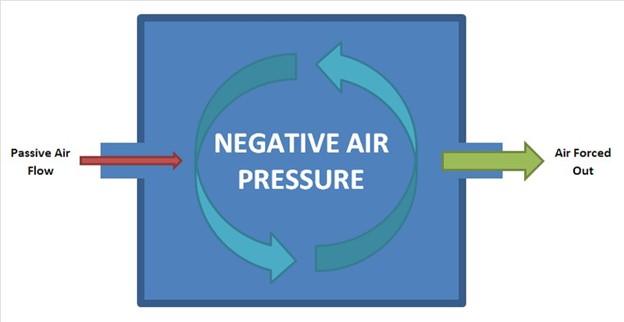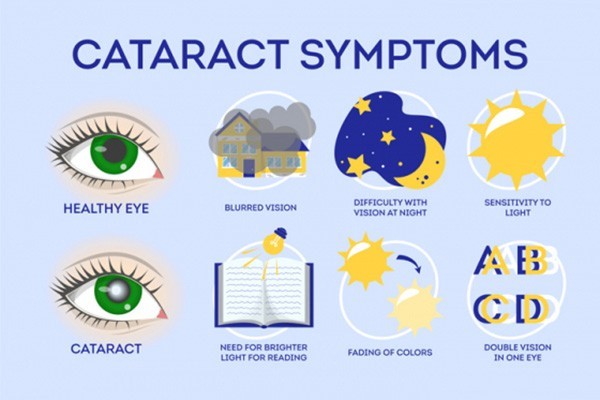A client is admitted with rule out tuberculosis.
What extra safety precautions must be in place to care for this client? Select all that apply.
Gloves, mask, and gown.
N95 mask.
Droplet precautions.
Contact precautions.
Private room with negative air pressure
Correct Answer : E
A private room with negative air pressure is required to care for a client with suspected or confirmed tuberculosis (TB) disease, as this is part of the airborne precautions recommended by the CDC.

A private room with negative air pressure prevents the spread of infectious droplet nuclei that contain the TB bacteria.
Choice A is wrong because gloves, masks, and gowns are not sufficient to protect against TB transmission.
Gloves and gowns are used for contact precautions, which are not indicated for TB.
A regular mask is also not effective in filtering out the small droplet nuclei that carry the TB bacteria.
Choice B is wrong because an N95 mask is not a precaution for the client, but for the healthcare personnel who are in close contact with the client.
An N95 mask is a type of respirator that can filter out at least 95% of airborne particles, including TB bacteria. Health care personnel should wear an N95 mask when entering the client’s room or performing aerosol-generating procedures on the client.
Choice C is wrong because droplet precautions are not indicated for TB.
Droplet precautions are used for infections that are spread by large respiratory droplets that do not remain suspended in the air, such as influenza or pertussis. Droplet precautions require wearing a regular mask and eye protection when within 6 feet of the client.
Choice D is wrong because contact precautions are not indicated for TB.
Contact precautions are used for infections that are spread by direct or indirect contact with the client or the client’s environment, such as Clostridium difficile or MRSA. Contact
Nursing Test Bank
Naxlex Comprehensive Predictor Exams
Related Questions
Correct Answer is A
Explanation

Cataracts are a condition where the lens of the eye becomes opaque, causing impaired vision. Blurred or cloudy vision is a common symptom of cataracts.
Some possible explanations for the other choices are:
Choice B. Burning sensation in the eye. This is not a typical symptom of cataracts, but it could indicate an infection, allergy, or dry eye syndrome.
Choice C. Inability to produce tears. This is also not a typical symptom of cataracts, but it could indicate a problem with the lacrimal glands or ducts that produce and drain tears.
Choice D. A swollen lacrimal gland. This is not a symptom of cataracts, but it could indicate an inflammation or infection of the lacrimal gland, which is located near the upper eyelid.
Normal ranges for visual acuity are 20/20 for normal vision and 20/40 for mild impairment. Visual acuity can be measured using a Snellen chart or other methods.
Correct Answer is D
Explanation
Insulin injection sites are rotated to prevent lipodystrophy, which is a condition where the fat tissue under the skin becomes lumpy or dented due to repeated injections.
Lipodystrophy can affect the absorption and effectiveness of insulin.
Choice A is wrong because bruising is not a common complication of insulin
injections. Bruising can occur if the needle hits a blood vessel, but this can be avoided by using a new needle each time and applying gentle pressure after the injection.
Choice B is wrong because infection is not a common complication of insulin
injections. Infection can occur if the skin is not cleaned properly before the injection or if the needle is contaminated, but this can be prevented by washing the hands and using alcohol swabs.
Choice C is wrong because bleeding is not a common complication of insulin
injections. Bleeding can occur if the needle hits a blood vessel, but this can be minimized by using a new needle each time and applying gentle pressure after the injection.
Whether you are a student looking to ace your exams or a practicing nurse seeking to enhance your expertise , our nursing education contents will empower you with the confidence and competence to make a difference in the lives of patients and become a respected leader in the healthcare field.
Visit Naxlex, invest in your future and unlock endless possibilities with our unparalleled nursing education contents today
Report Wrong Answer on the Current Question
Do you disagree with the answer? If yes, what is your expected answer? Explain.
Kindly be descriptive with the issue you are facing.
